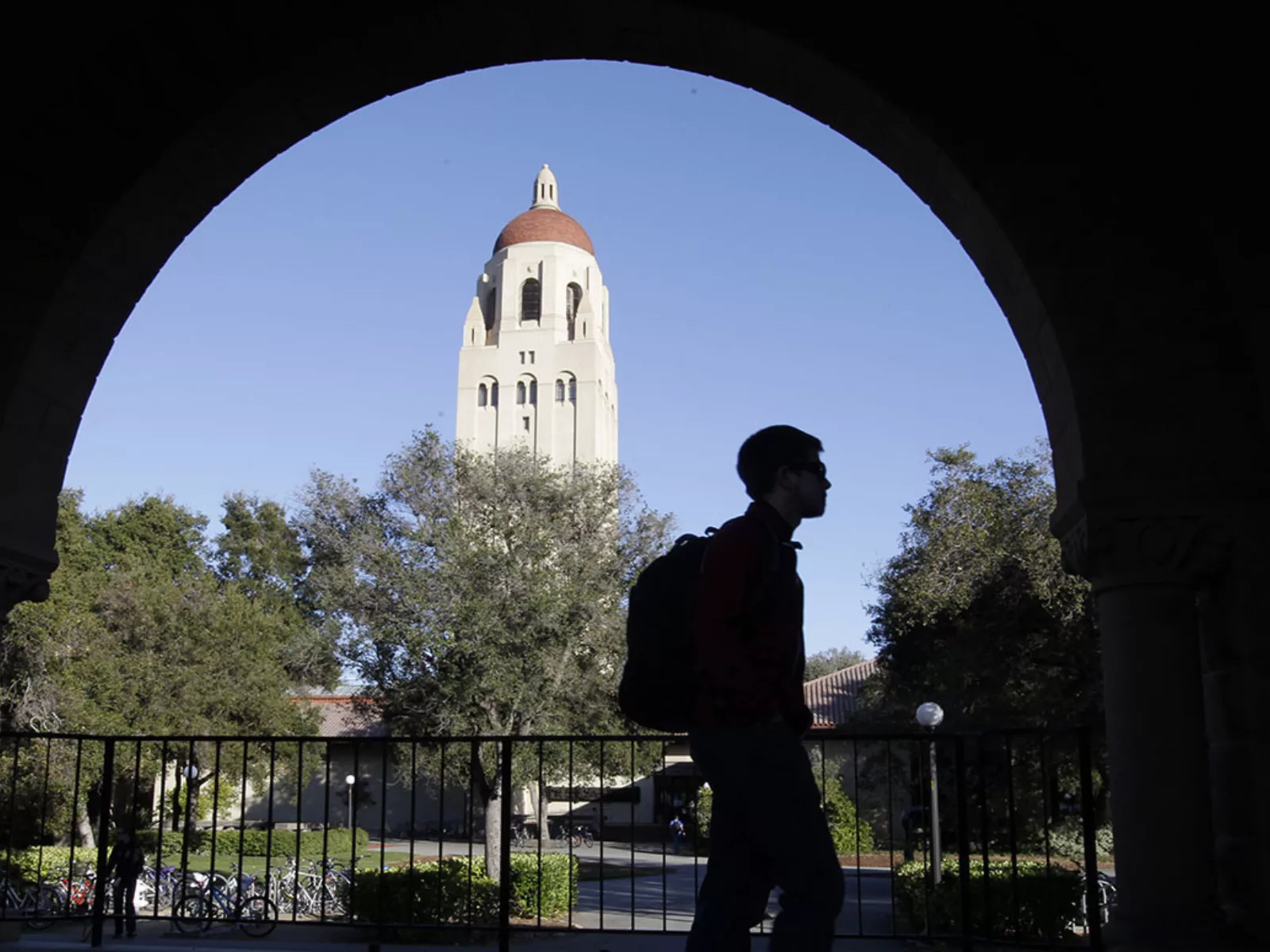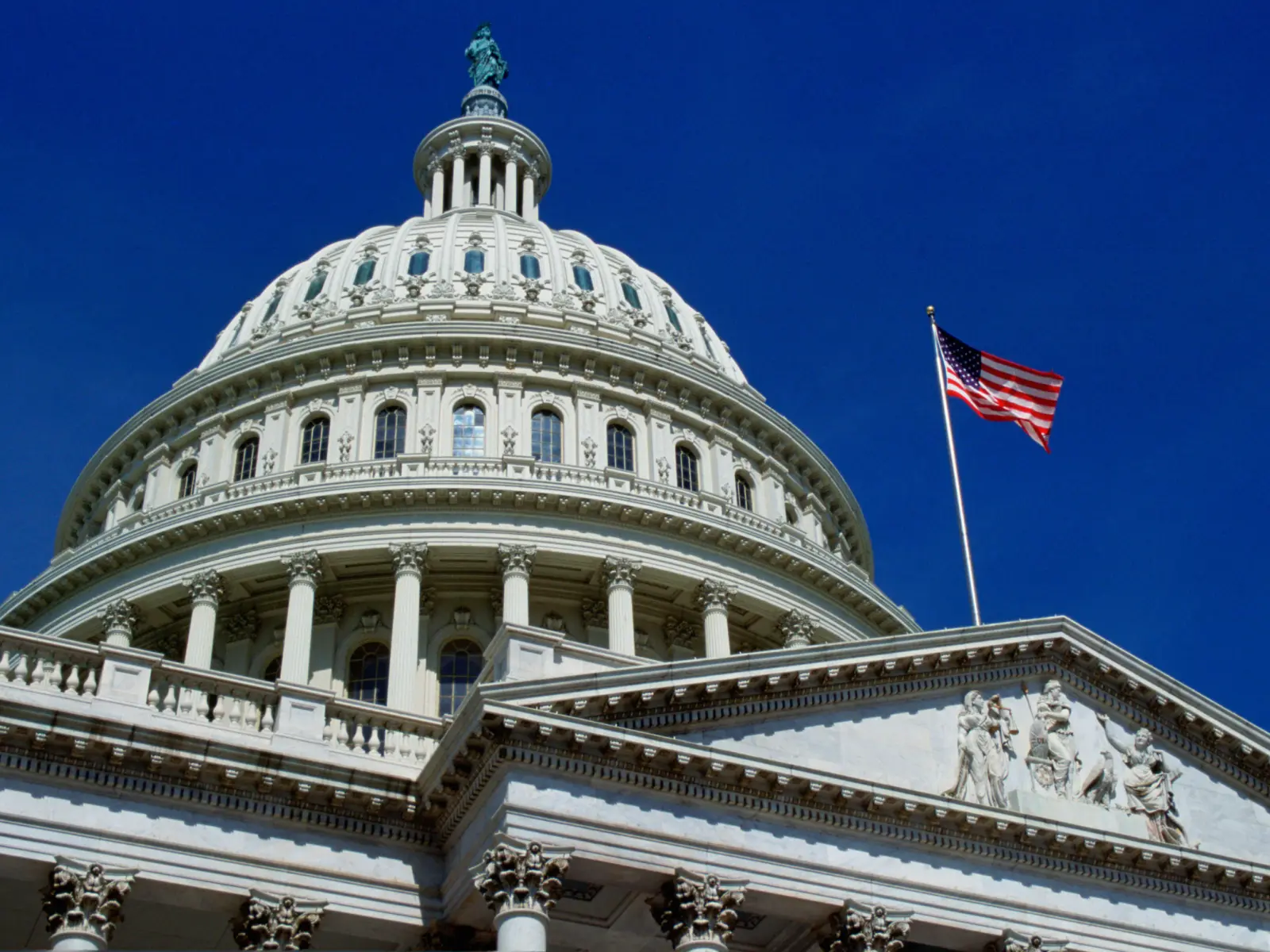Across the country, some state and local government pension plans have one big problem in common: They don’t have enough cash to pay off all the benefits they’ve promised. A solution — massive influxes of cash — is not a realistic option in the best of days, let alone during an economic crisis.
As they attempt to find ways to fix these funding gaps, each state has different laws and political cultures that affect how they can adjust pensions. Lawmakers also have to consider the question of risk. How do they account for the chance that things could go wrong with their investment strategies, and who bears the cost if they fall short?
Collectively, state pension systems are underfunded by $1.4 trillion, with many municipal plans also in dire shape. While stock market returns ended up being positive in 2020, despite the sudden collapse in prices at the start of the coronavirus pandemic, pension plans fell well short of the roughly 7 percent annual investment returns they normally count on, meaning pension funds are facing increasingly larger funding gaps.
Amount by which state pension systems are underfunded
Those aren’t the only challenges pension managers are currently facing. Legislators will be tempted to reduce scheduled pension payment to help address current fiscal pressures this year, due to the difficult budget picture in most states. In 2020, for example, the Colorado legislature decided to forego a $225 million payment that was called for by a law, passed just two years earlier, meant to dig state pensions out of a deep hole. On top of all this, historically low interest rates — while great for home buyers — has turned into a chronic problem for pension plans in terms of returns on investment.
“The fundamental problem is governments have made promises for which they have not set aside enough money,” says Donald J. Boyd, co-director of the Project on State and Local Government Finance at SUNY’s Rockefeller College of Public Affairs & Policy. “They’re going to have to honor those promises, either because of law or politics or both.”
The Dynamics of Risk-Sharing
Boyd is the lead author of a new guidebook that looks at another long-overlooked aspect of this problem: namely, the amount of risk involved in funding pension plans and who bears that risk. The Rockefeller College guidebook offers the most comprehensive explanation to date about the dynamics of risk sharing that affect billions of dollars in virtually every state. It offers policymakers a chance to understand the different types of risks involved in running pension plans, including bad investments, inflation, and risks related to retirees themselves. It also explores the question of who will bear these risks, which may be current employees, retirees, governments, or some combination, and presents findings from stress tests run under simulated market conditions, showing how plans with different designs would perform.
The fundamental problem is governments have made promises for which they have not set aside enough money.Donald J. Boyd Project on State and Local Government Finance at SUNY
It’s a complicated topic and unfortunately, there are no easy answers. For one, there’s no such thing as the “right” approach, since what works well in one state might not fly in another, due either to law or political culture. “As long as plans invest in equities and other risky assets, they will face investment risk and some party will have to bear that risk,” the report states.
Of course, pension underfunding is also a problem for retirees who are already enrolled in plans and “don’t want to get hit,” says Patrick Murphy, vice president of public finance at Arnold Ventures. “Certainly for current employees, it’s a problem. And it’s a problem for all the people with an interest in all the other services governments provide,” since rising pension costs and declining revenues leave fewer dollars for other budget priorities.
Looking Backwards
When lawmakers look at their pension systems, they tend to look backwards. They know they’ve fallen billions of dollars in arrears and look for ways to plug the resulting hole. As a result, they’ve tended to implement changes that may cut their costs in the short term, but don’t address the problem of future risk.
Consider Rhode Island and New Jersey. Both states have long had pension funding problems. Over the past decade, both adopted policies meant to shift risk to employees, by eliminating cost of living adjustments (COLAs) when plan funding fell below 80 percent. In other words, retirees would receive no increase in their pension payments due to inflation when plans were underfunded by that amount. Pension plans in both Rhode Island and New Jersey were less than 80 percent funded when these new laws were passed. That meant immediate savings — no COLAs the next year — but those states were then left with no additional protection against future risks.
“If you’ve already cut the COLA to zero, even if you fall further short, you’re not going to cut it any more,” Boyd says.
The Wisconsin Retirement System is the rare exception to the rule. Wisconsin provides annuity adjustments that can decrease as well as increase from one year to the next, although not below the initial retirement benefit. In 2017, South Dakota adopted a contingent COLA policy which limits increases to a range between zero (in other words, no cuts) to 2.5 percent. The South Dakota law looks to adjust pension policies under varying conditions. If there are persistent low returns or asset shocks, employees might have to make larger contributions, or potentially face benefit cuts.
Cutting or limiting COLAs has been one of the most popular policy responses to pension underfunding in recent years. The guidebook explores an entire universe of approaches, ranging from common ideas such as requiring current employees to contribute more to pensions to pension structures in the Netherlands that consider risks not only during retirement but working years as well. Most efforts at overhauling pension systems contain certain “triggers,” calling for adjustments based on changing circumstances including market performance or funding levels.
Stress-Testing Policies
The Rockefeller report looks at how different scenarios play out across multiyear time horizons. The researchers examined, for instance, how various risk-sharing policies held up under a hypothetical scenario like the stress tests required of large banks under the Dodd-Frank Act: Healthy returns most years, but a precipitous loss of 24 percent in the second year. They found risk-sharing policies that only modestly adjust the structure of the most popular public pension plan design, defined benefit plans, such as contingent COLAs, have only a modest impact. More ambitious plans, while effective at reducing employer contribution costs and risks, do so at the expense of greater risks for plan members.
In other words, there are no easy wins. Pension plans bear substantial investment risk, which must fall on someone’s shoulders. “As long as plans invest in equities and other risky assets, they will face investment risk and some party will have to bear that risk,” the guidebook states — either the governments running the plans or the employees benefiting from them.
There’s been a substantial amount of policy action in this area since the Great Recession, and there’s bound to be more in the years to come, Boyd says. He cautions that while governments have been gradually shifting more risk onto workers, they’ve done little to cut their own risk. States that are serious about cutting risk will have to examine both their own tolerance and the question of who should end up paying if things go south. For policymakers ready to face the hard questions raised by addressing not just funding problems but the potential long-term fallout from risk, the Rockefeller College guidebook offers the most detailed and in-depth roadmap available.





















